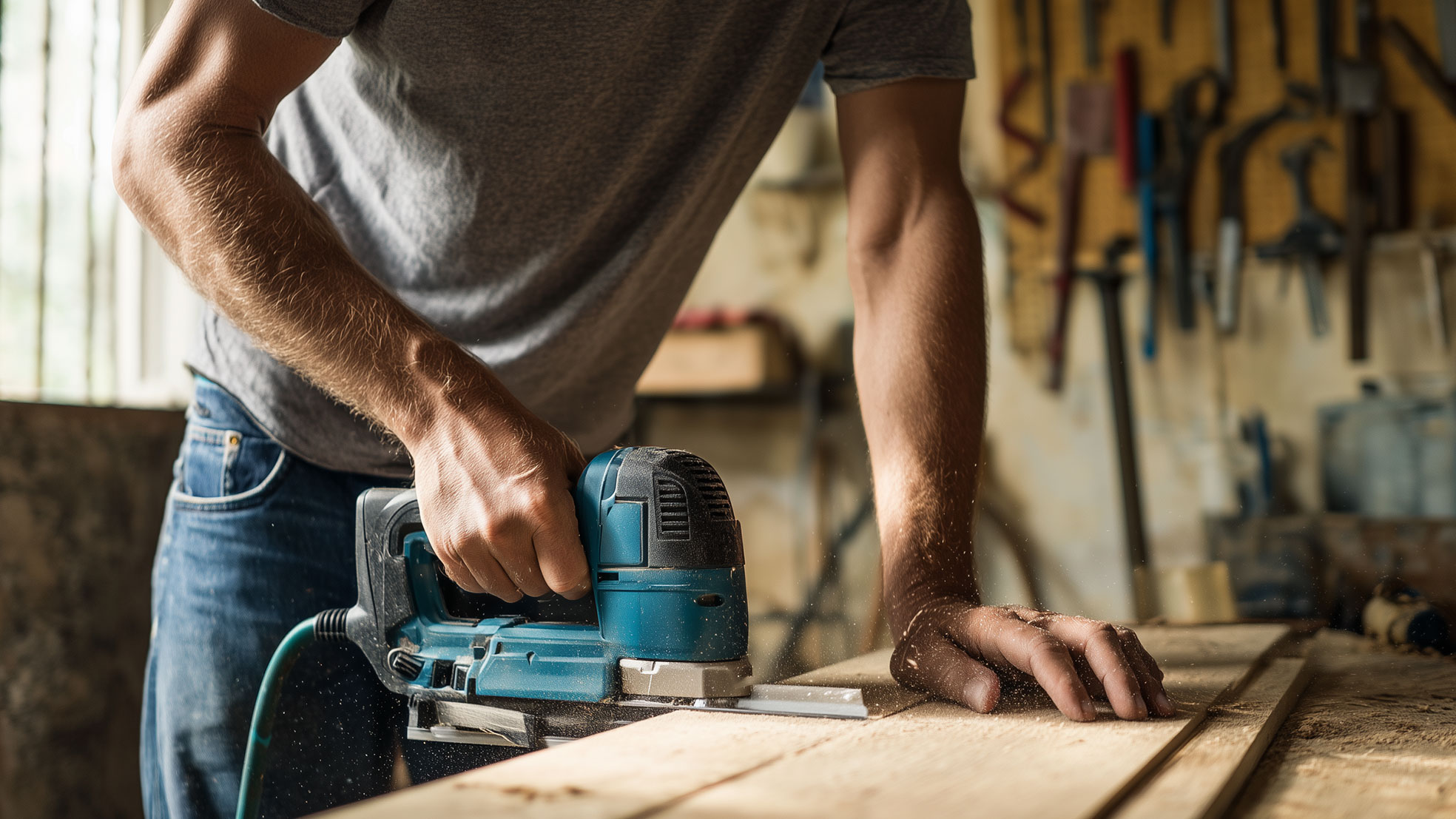Have you ever pondered why your reciprocating saw work doesn't resemble that of the experts?
This strong tool can be your greatest ally or your worst enemy when cutting through PVC, metal or wood during a bathroom makeover or kitchen makeover. In actuality, the majority of novices (and even seasoned users) make avoidable errors that result in subpar cuts, broken materials, or worse, personal injury. We'll go over the most typical mistakes in this guide and demonstrate how to confidently avoid them. Continue reading if you're a contractor looking to improve efficiency and finish, or if you're a homeowner organising a lavish renovation.

The reciprocating saw known for its push-and-pull motion is a demolition powerhouse. It’s the go-to tool for cutting through materials during renovations, but its aggressive power requires finesse. Without proper technique and care, your beautifully planned remodel can suffer from rough finishes and wasted materials.
1. Using the Wrong Blade for the Material
Don’t assume one blade fits all. A wood blade on metal piping, for example, won’t just slow you down, it can burn the blade and damage the material. Match your blade to the task:
Wood: Coarse teeth
Metal: Fine teeth with bi-metal construction
PVC: Medium tooth count or multipurpose blade
2. Ignoring Vibration Control
Luxury tools today are engineered with soft grips, shock absorption, and ergonomic design. But if you’re white-knuckling a budget model without considering vibration, fatigue and inaccuracy follow quickly. For those planning entire kitchen overhauls, consider an upgrade.
3. Forgetting to Stabilize the Material
Wobbly cuts lead to splinters, uneven lines, and broken blades. Always clamp your workpiece firmly before starting the cut. This applies even to wall demolitions, secure loose boards or pipes before slicing.
4. Cutting Without a Pilot Hole or Starter Notch
For plunge cuts, especially into drywall or cabinetry, a small notch gives you control from the start. Skipping this leads to jerky starts or off-mark results that affect your design integrity, especially in modern minimalist spaces.
5. Overheating Your Blade
Push too hard or use the wrong speed, and your blade will overheat. You’ll smell the burn, and worse, risk a warped finish. Let the saw do the work, guide it, don’t force it.
6. Failing to Check What’s Behind the Wall
Cutting into walls without inspection is a recipe for disaster. Plumbing, wiring, and gas lines are often hidden just behind plaster. Always use a wall scanner or professional help before tearing down.
7. Skipping Safety Gear
Goggles, gloves, ear protection, these aren’t optional. Especially in tight luxury spaces like walk-in showers or compact kitchens, flying debris or sharp blade kickback can cause serious harm.
When investing in tools for your home or business, don’t just choose by power, choose by precision, safety, and design. At Loriano, our reciprocating saws and accessories are curated to match European renovation standards, combining ergonomic form with high-performance function.
From professional bathroom fit-outs to do-it-yourself kitchen demolitions, a reciprocating saw can help. but only when properly utilised. You'll benefit from smoother projects, clean cuts, and durable tools if you steer clear of these blunders.









